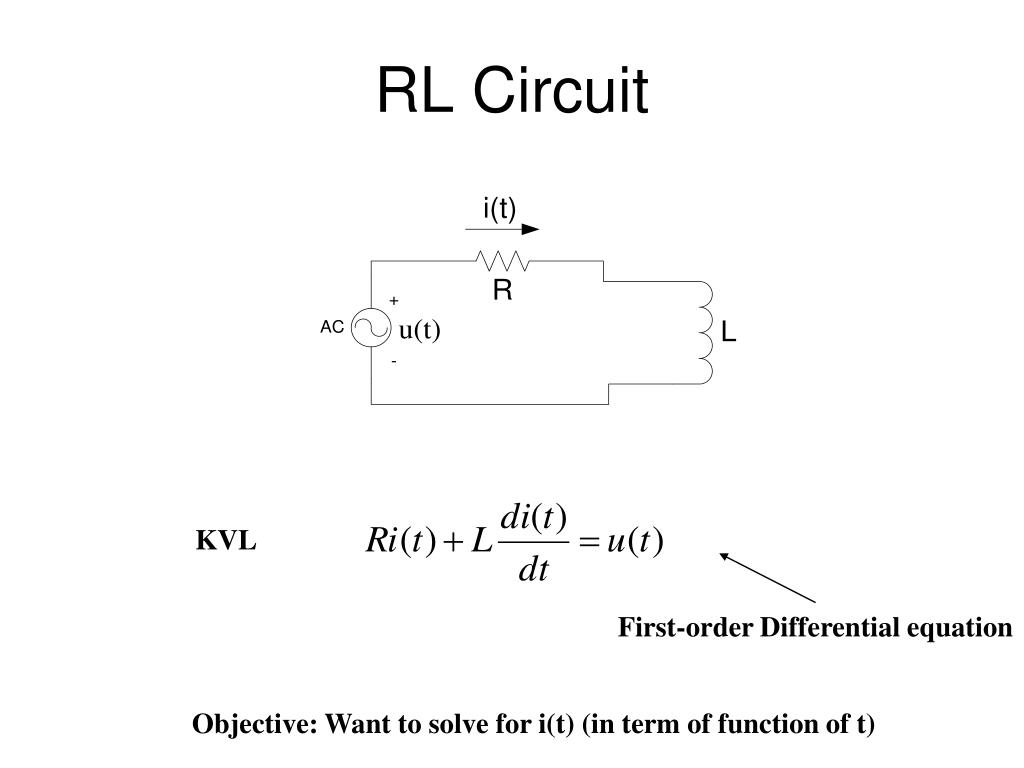
The first objective of this work is to develop numerical algorithms to compute the frequency response of a nonlinear electrical network with topology given by an arbitrary connected graph. An example of a nonlinear lattice.Ī nonlinear lattice is a nonlinear electrical network on a two-dimensional rectangular grid graph.

Our results shed light on the relationship between a network's structure, encoded by the graph Laplacian, and its function, defined in this case by the presence of strongly nonlinear effects in the frequency response.įigure 3. Running numerical experiments using three different random graph models, we show that shrinking the gap between the graph Laplacian's first two eigenvalues dramatically improves a network's ability to (i) transfer energy to higher harmonics, and (ii) generate large-amplitude signals. We develop a Newton-type method that solves for the network inductances such that the graph Laplacian achieves a desired set of eigenvalues this method enables one to move the eigenvalues while keeping the network topology fixed. We seek to enhance a given network's nonlinear behavior by altering the eigenvalues of the graph Laplacian, i.e., the resonances of the linearized system. The algorithms we devise are orders of magnitude more accurate and efficient than stepping towards the steady-state using a standard numerical integrator. For such networks, we develop two algorithms to compute the steady-state response when a subset of nodes are driven at the same fixed frequency. By allowing the network topology to be that of any connected graph, such circuits generalize spatially discrete nonlinear transmission lines/lattices that have proven useful in high-frequency analog devices. We study nonlinear electrical oscillator networks, the smallest example of which consists of a voltage-dependent capacitor, an inductor, and a resistor driven by a pure tone source.


 0 kommentar(er)
0 kommentar(er)
